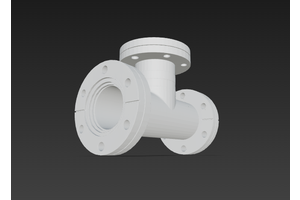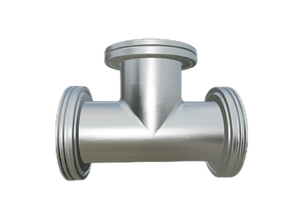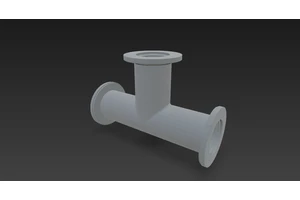What is a vacuum, and how is vacuum level defined
A vacuum is a space where the pressure is lower than the standard atmospheric pressure (101.325 kPa or 101 kPa), meaning it contains fewer gas molecules than the surrounding atmosphere.
The vacuum level (or degree of vacuum) measures how much lower the pressure is compared to atmospheric pressure. It is defined as:
Vacuum Level = Atmospheric Pressure – Absolute Pressure
This value is always positive and indicates how close the space is to a perfect vacuum. For example, a vacuum of “-75 kPa” or “90% vacuum” means the pressure inside is 75 kPa below atmospheric pressure or 10% of atmospheric pressure remaining, respectively.





